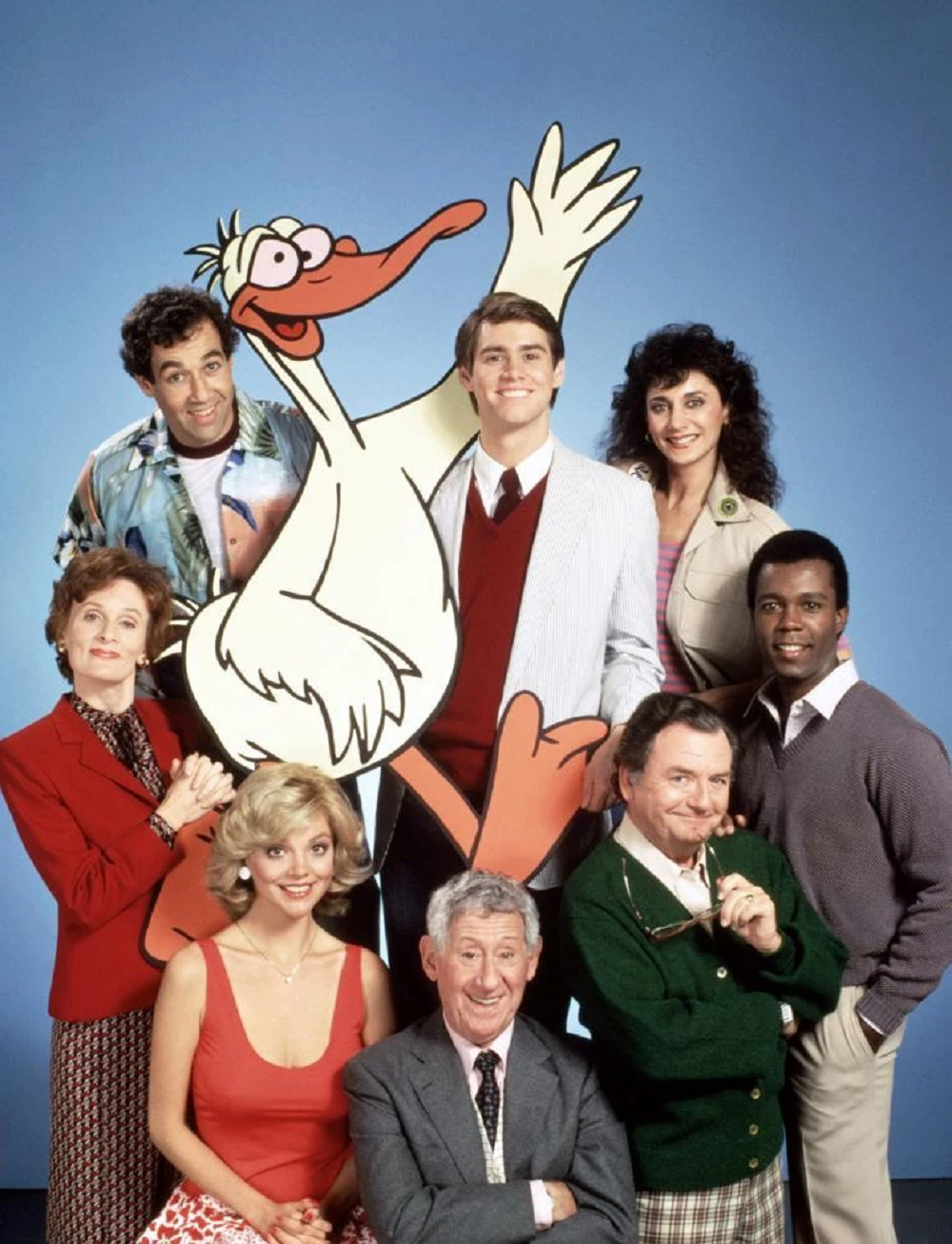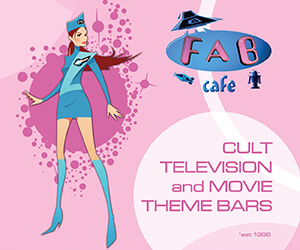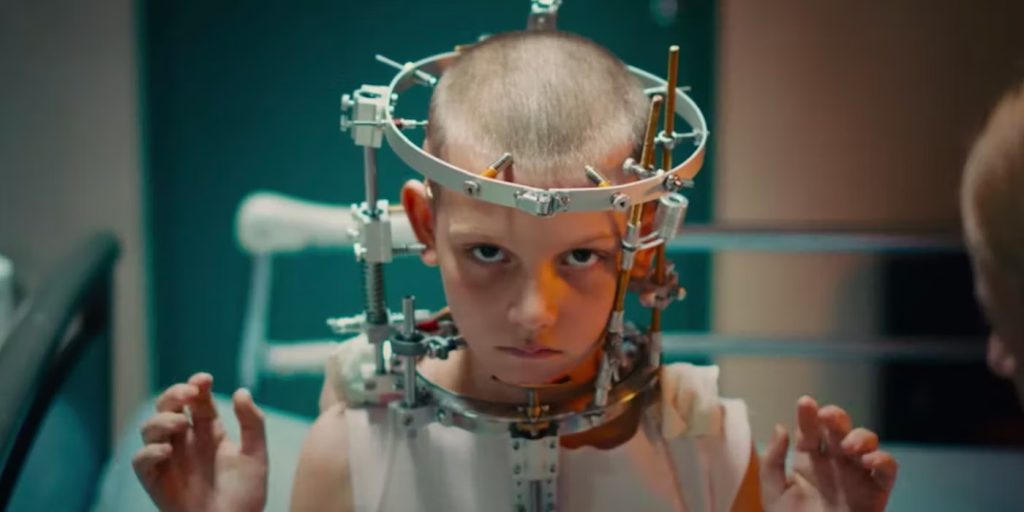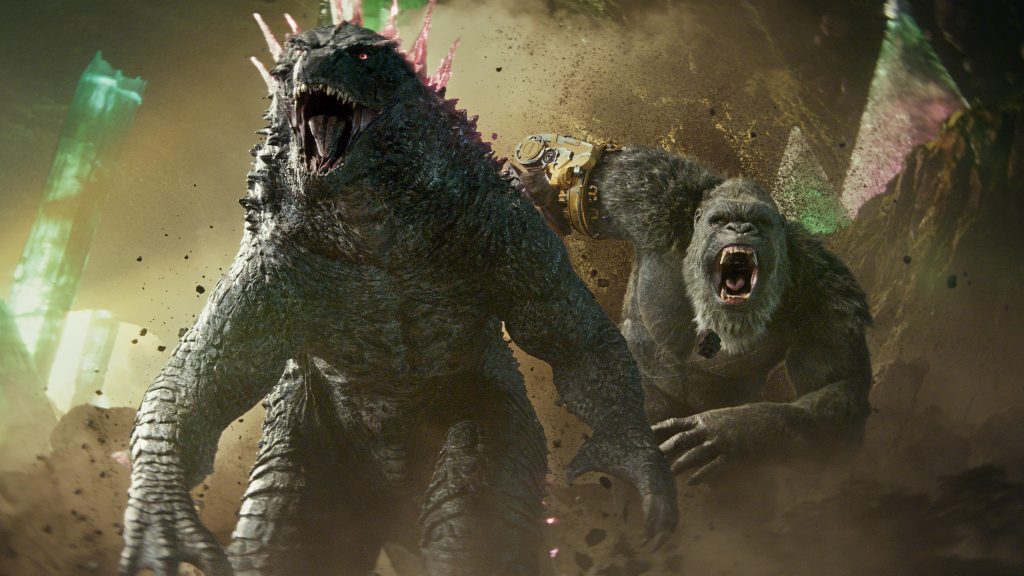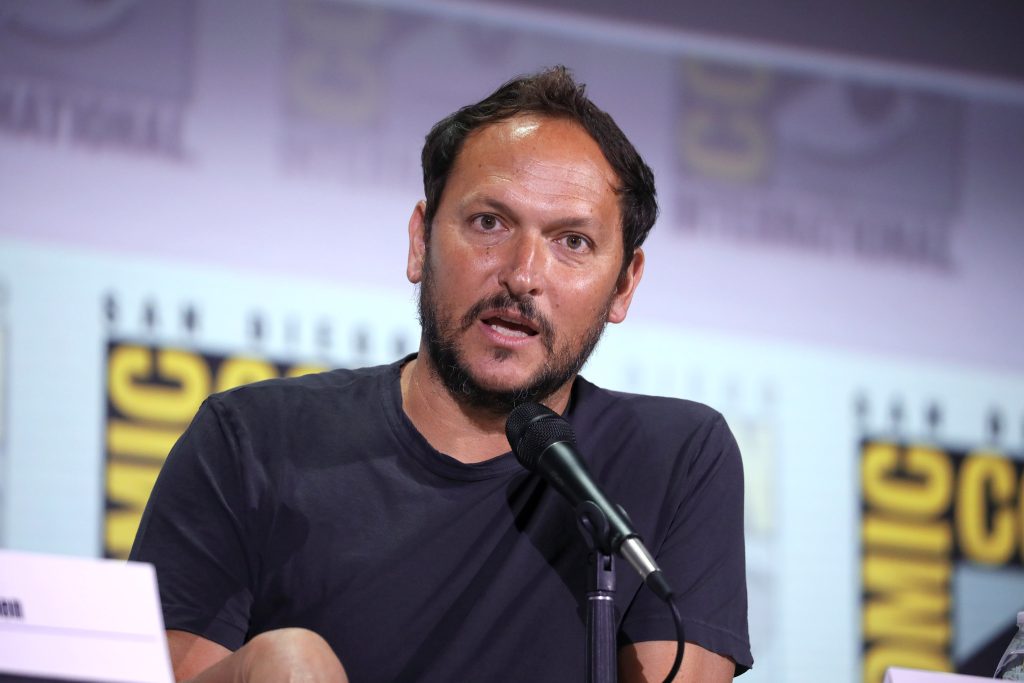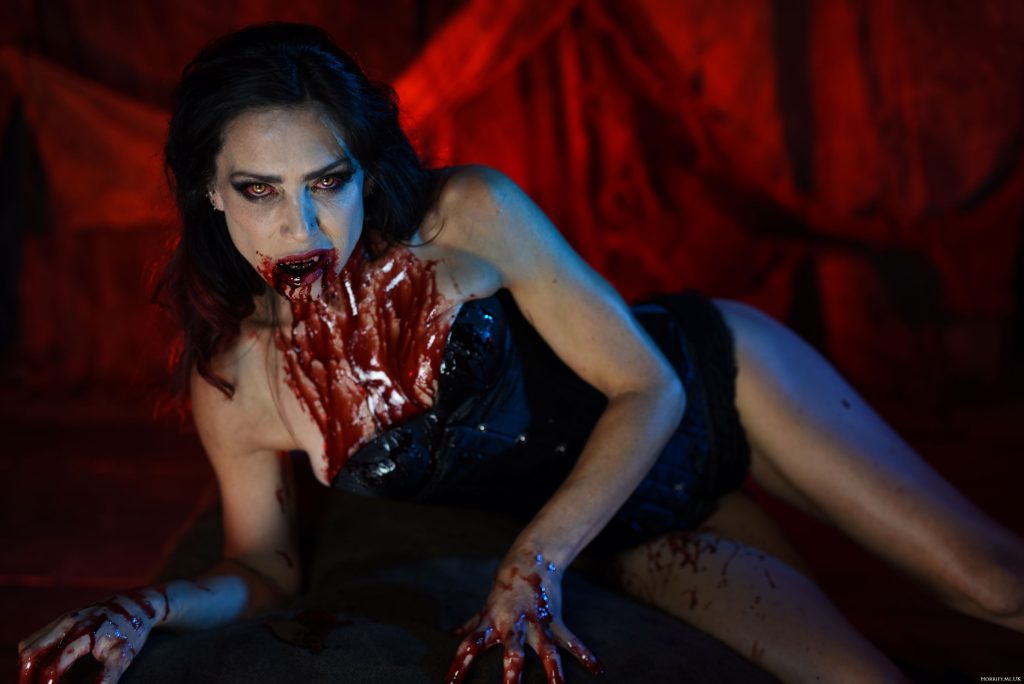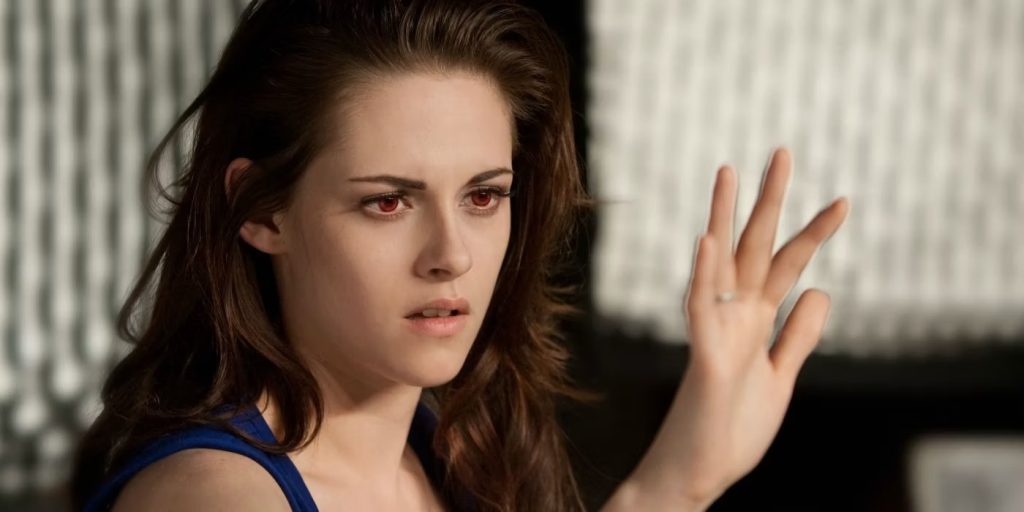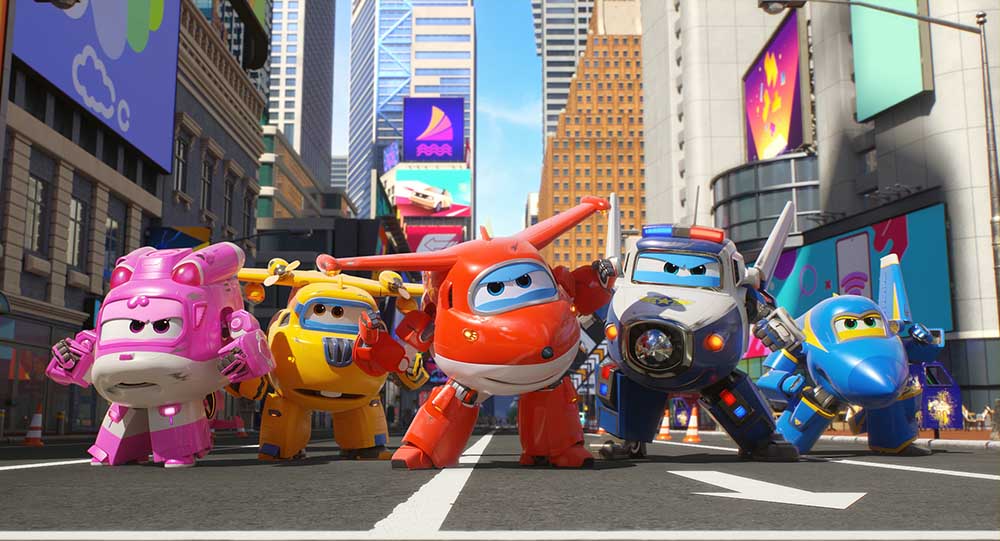Ah, telephemera… those shows whose stay with us was tantalisingly brief, snatched away before their time, and sometimes with good cause. They hit the schedules alongside established shows, hoping for a long run, but it’s not always to be, and for every Street Hawk there’s two Manimals. But here at STARBURST we celebrate their existence and mourn their departure, drilling down into the new season’s entertainment with equal opportunities square eyes… these are The Telephemera Years!
1983-84
Glamour, adventure, and glamorous adventure were the order of the day in 1983 as the US settled into years of Reaganomics, with the big money, big hair, and even bigger shoulder pads of Dallas, Dynasty, and Falcon Crest dominating the TV ratings, making the likes of The A-Team, The Fall Guy, and Magnum, PI look positively gritty and real in comparison. The big new hits were single-moms sitcom Kate & Allie and Hotel, based on an Arthur Hailey novel that would soon become a permanent fixture of charity shop paperback spinners, and there were farewells to Happy Days, Fantasy Island, Hart to Hart, and Three’s Company (which had somehow lasted for eight seasons).
For genre fans, Airwolf and Knight Rider arrived to provide vehicular action and V: The Final Battle was creating the kind of buzz that would have set the internet alight if the internet was something that hadn’t only been invented in January 1983. Glen A Larson fans were well-served not only by the debuting Knight Rider but also the less-successful Manimal, Automan, and Masquerade, shows which did not outstay their already limited welcome. Of course, those three shows were not the only ones that failed to attract an audience; this is the story of four more shows from the 1983 season that fizzled rather than sizzled…
Blue Thunder (ABC): Spinning out of the 1983 movie that starred Roy Scheider as a PTSD-affected military veteran saving the world from sinister forces intent of using his advanced helicopter for nefarious means, the temporal impact of Blue Thunder has faded in the face of Airwolf, which actually debuted sixteen days later (and a full eight months after the original movie). Scheider didn’t return for the TV version of Blue Thunder, having destroyed the titular chopper at the end of the movie, instead replaced by James Farentino, who hadn’t starred in Jaws.
Farentino’s Frank Chaney was backed up by co-pilot Clinton Wonderlove (a pre-Saturday Night Live Dana Carvey), and by a ground team in Rolling Thunder, a big van driven by Dick Butkus and Bubba Smith, two former NFL legends. There’s a nod to the bigwigs at the start of the first episode being familiar with Blue Thunder but otherwise you could ignore the movie and dive straight in to its story of a rogue pilot shooting down police helicopters who can only be stopped by Chaney and crew.
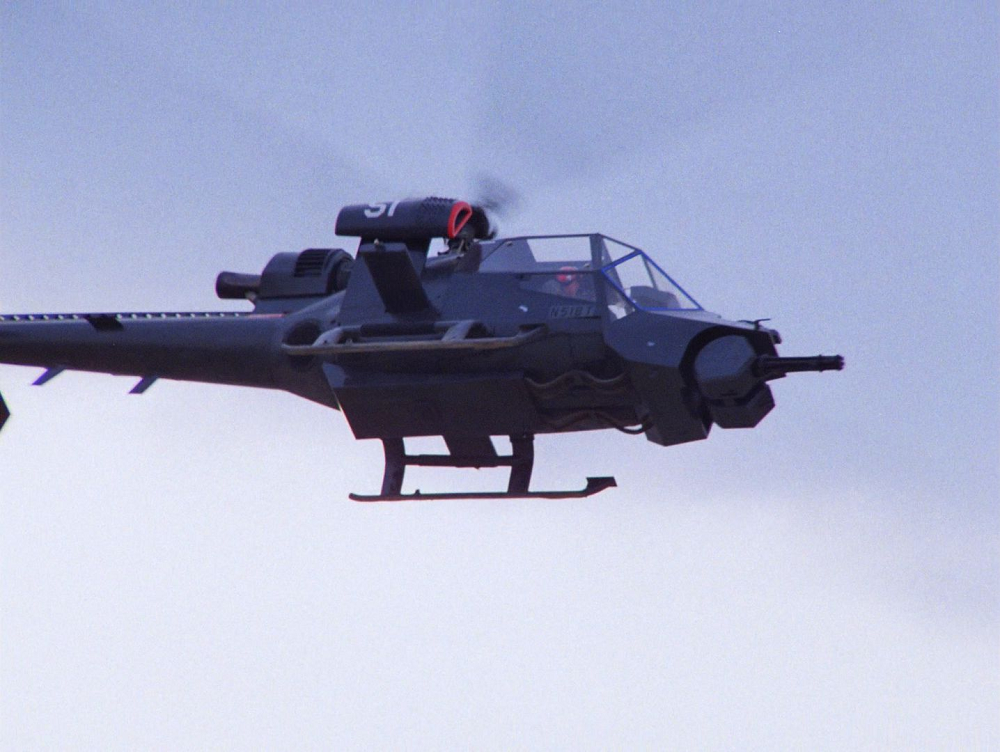
Blue Thunder premiered in mid-season on Friday nights on January 6th 1984, displacing Lottery! to Thursdays. Lottery! had been struggling in the ratings against Dallas and it was supposed that a hi-octane action show might have a better chance of displacing the Texas oil barons from their throne, an optimism that has to be applauded (if not secretly mocked). By contrast, Airwolf was given Saturday nights, opposite a fading Love Boat, but the battle between the two ‘copter shows was nonetheless joined.
The pilot episode of Blue Thunder drew almost eighteen million viewers but was only the thirty-third most viewed show of the week, and three million of those didn’t come back for episode two. Airwolf only grabbed sixteen million viewers for its debut, but by then Blue Thunder had shed another million, and although it rebounded to fifteen million viewers for its final episode, the network had already decided to cancel the show with just eleven episodes in the can. Rarely seen since, the show is fondly remembered for fans and comes out well in nostalgic comparisons with its more successful rival, which eventually ran for four seasons before its own rotor slowed to a halt.
The Duck Factory (NBC): Ten years before exploding onto the scene with Ace Ventura: Pet Detective, Jim Carrey landed the role of Skip Tarkenton, a naïve young cartoonist who has arrived in Hollywood and finds himself thrust into the shoes of a legendary – and just deceased – animator. With some liberties taken to ignore Carrey’s successful Canadian stand-up career, his leading role in the Canadian TV movie Introducing… Janet, and a headlining run at The Comedy Store in Los Angeles in 1983, it could almost be Carrey’s own story, except for the replacing a legend bit (and lots of other stuff and, well, it doesn’t really work at all but you know…).
The Duck Factory took its name for the in-show nickname for the fictional Buddy Winkler animation studios, whose top property is The Dippy Duck Show. Skip is soon taken under the wing of veteran animator Brooks Carmichael (Jack Gilford), encountering the rest of the wacky cast of misfits which includes legendary voice actor Don Messick, and a trio of possible love interests in editor Andrea Lewin, business manager Aggie Aylsworth, and Winkler’s widow, Sheree, a ditzy former topless ice dancer who had only been married to the cartoonist for three weeks before he died.
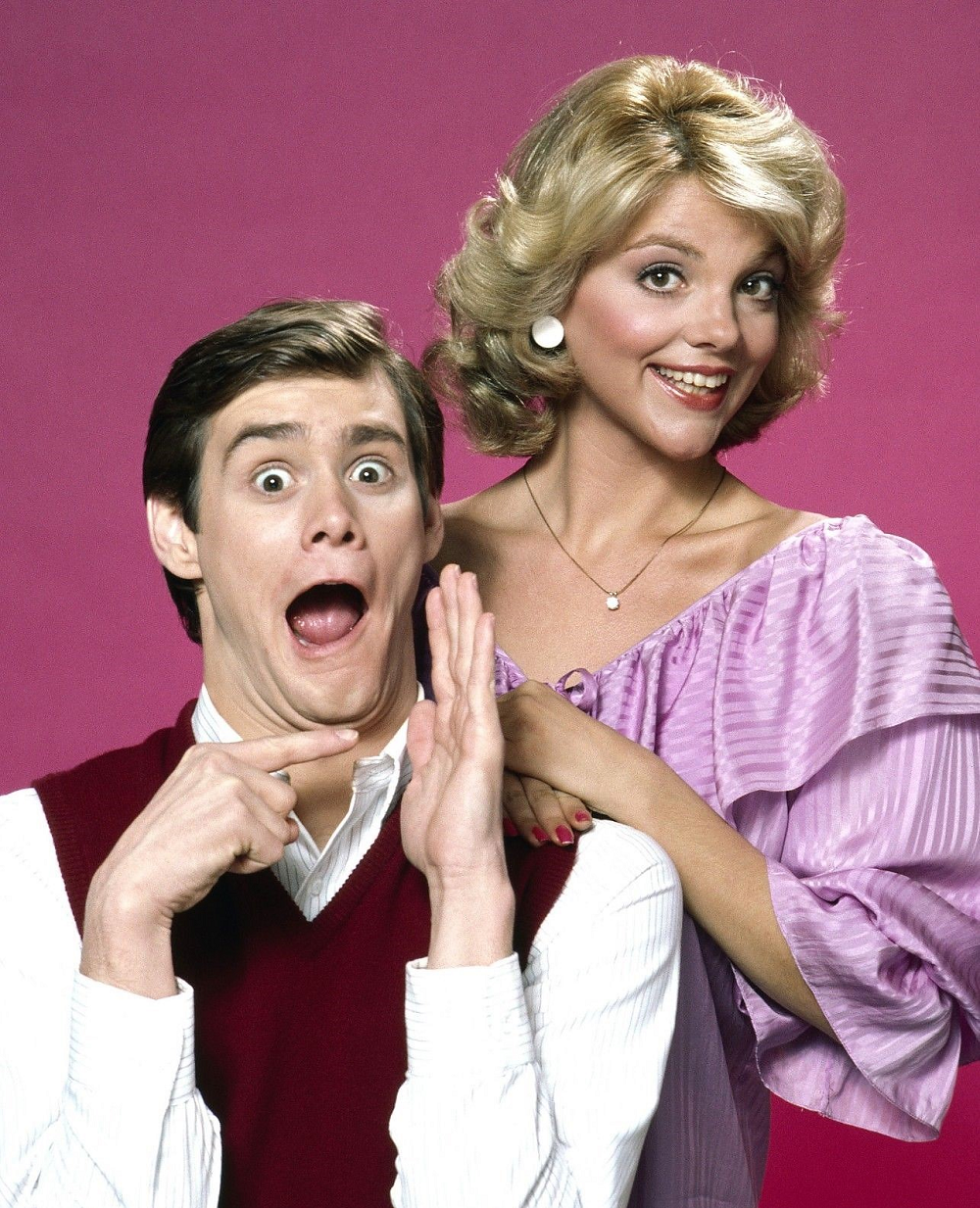
The pilot episode aired as a Spring replacement for radio station sitcom Buffalo Bill, and saw Skip bring new life to the ailing studio, turning the ailing studio’s fortunes around with his fresh ideas and revitalising The Dippy Duck Show, running into the second episode where the plot continued with Skip’s fight with the network to stop the show being cancelled. He succeeds, but viewers must have been confused by the events of the episode when it was shown as the season finale, NBC having decided in their infinite wisdom to run the series wildly out of production order, rendering any ongoing storylines – and there were a few – nonsensical.
Not that it mattered too much in the end as the first episode drew less than fourteen million viewers in its prime Thursday night slot and was down to around ten million on average by the time the axe fell, although its full mid-season order of thirteen episodes did get to air (just not in the right order). Carrey went back to stand-up, appeared in a few movies, and repeatedly failed to get cast on Saturday Night Live, before eventually becoming a big part of Fox’s In Living Color sketch show. This led to Ace Ventura and eventual mega-stardom, but it all started at The Duck Factory…
Lottery! (ABC): When Lottery! began airing on ABC in September 1983, it was the ultimate aspirational show. Not only did its basic premise involve the lives of ordinary people being changed by winning a huge amount of money, it wasn’t even something that much of America could dream of, lotteries being illegal in many states, and that’s before you even think of the UK, where it didn’t air because it would have had to have been retitled Pools!
Created by Rick Rosner, whose CHiPs had finished its six-year run months earlier, Lottery! starred Ben Murphy and Marshall Colt as the men sent to advise new winners as to how the windfalls would change their lives. Murphy’s Patrick Flaherty worked for the fictional Intersweep Lottery, while Eric Rush (Colt) was an IRS man, along to ensure all tax arrangements were made in what was surely the most boring character creation of all time.
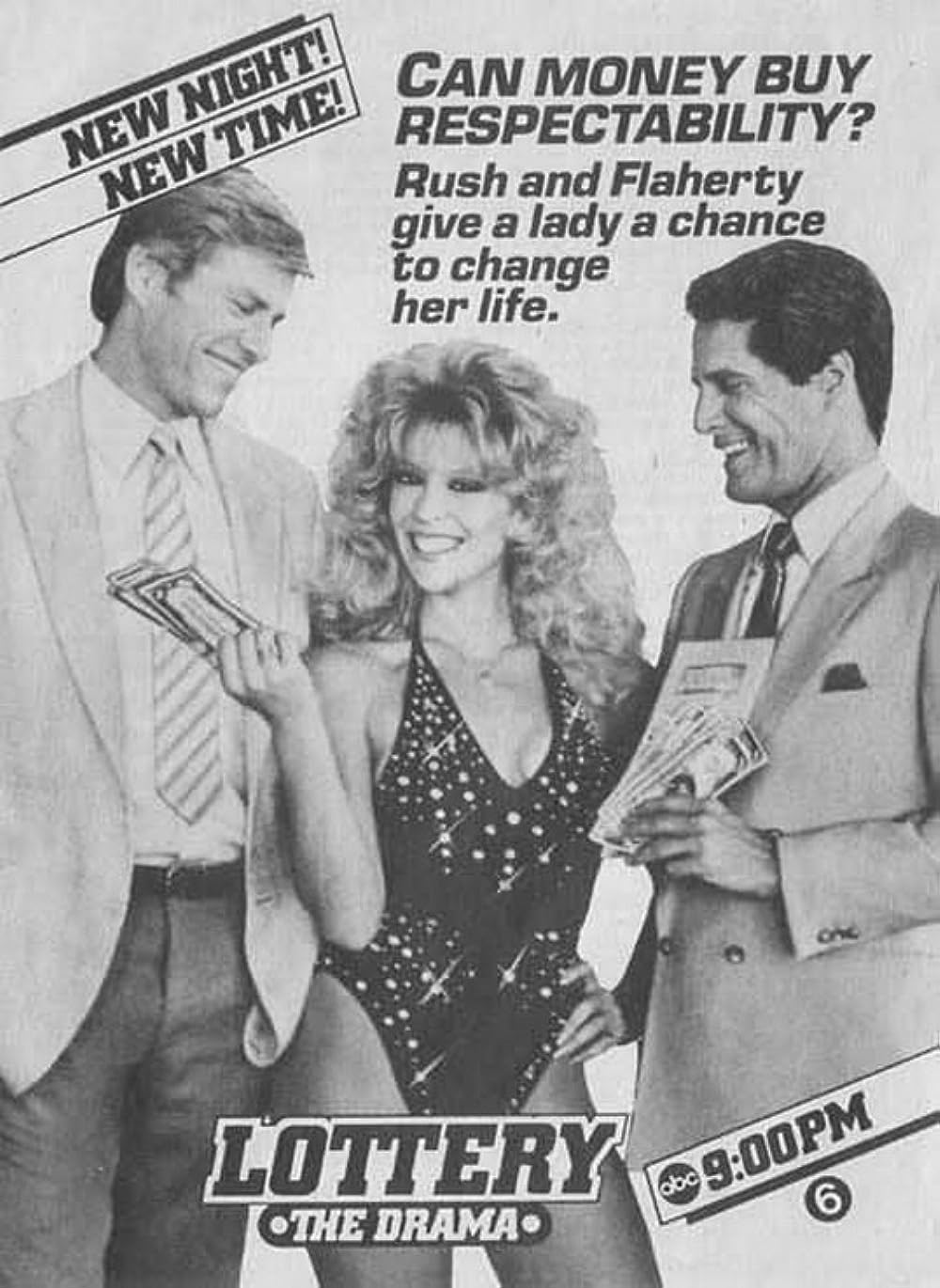
Each episode took place in a different city, with one or more winners having their lives turned upside down, allowing for a (low rent) guest star of the week format that brought the likes of Robert Pine, Julia Montgomery, and a young Corey Feldman (who was nominated for a Young Artist award as a result) to play. The dramatic tension was heightened by subplots involving blood oaths, church bingo, jealous husbands, and the rights of the developmentally challenged.
Somehow seventeen episodes were wrung out of this flimsy formula but encouraging ratings for the first two episodes soon plunged to a level that ABC considered too low, the plug being pulled after episode eleven aired in December 1983, the rest of the order burned off in March and June 1984. Rosner moved into quiz shows instead, reviving Hollywood Squares and creating the casino-themed Caesars Challenge for NBC, and later invented a portable satellite TV receiver, probably not backed by lottery money.
The Master (NBC): Move over John Carradine, Lee van Cleef is in town! And that town is Japan! NBC’s replacement for the doomed Manimal in the “Dallas is on CBS, throw anything at the wall and see if it sticks!” slot, The Master starred van Cleef as John McAllister, an American soldier who stayed in Japan after World War Two, as did hundreds of thousands of serving troops. The difference? McAllister learned the secrets of the ninja and became The Master!
Now an old man, McAllister gets word that a daughter he never knew he had is in trouble and leaves for the US, an act seen as dishonourable for some reason by his ninja pals, who try to assassinate him. Escaping with his life, The Master lands in small town America, looking for his missing daughter and trying to train hot-headed drifter Max Keller (Timothy van Patten), all the while pursued by a former student played by Sho Kosugi, who lets the side down by not having “van” in his name.
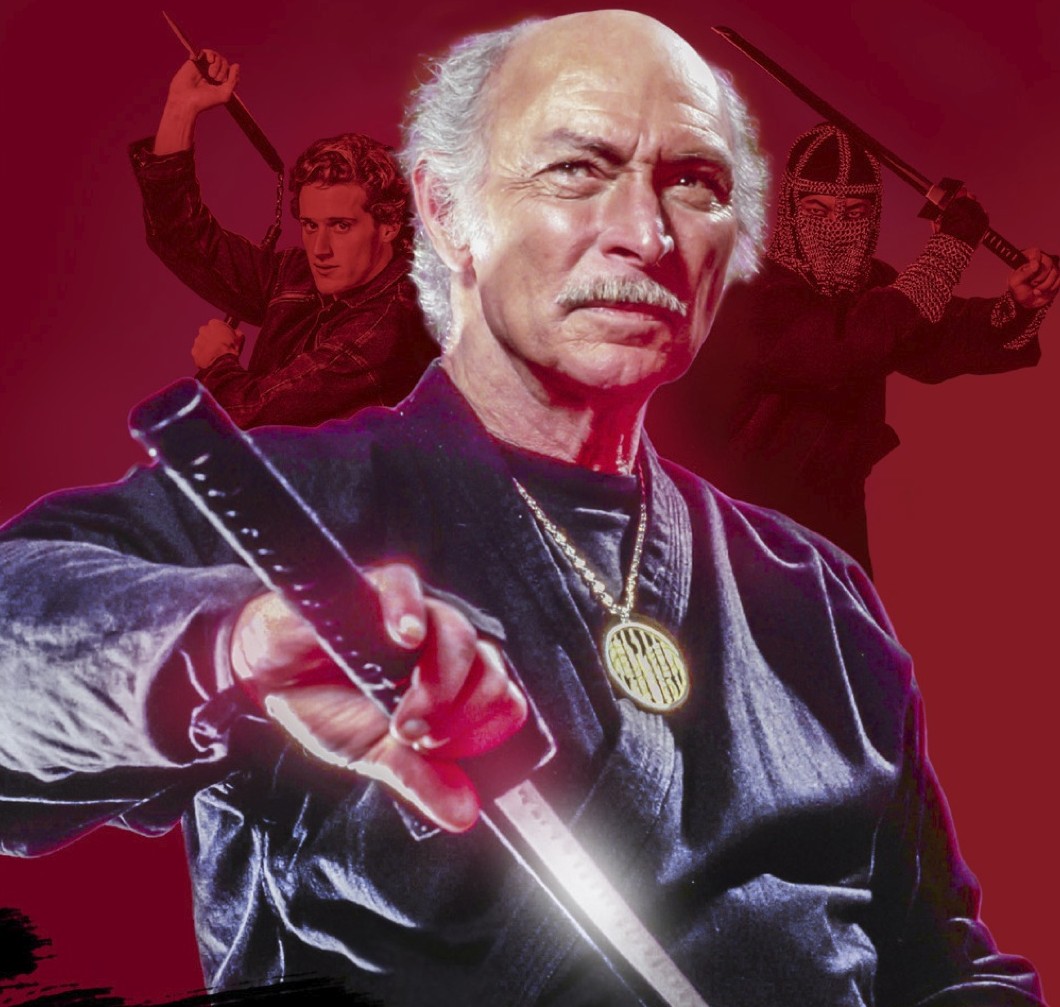
Essentially adopting the successful “walking the Earth” formula that did wonders for shows as diverse as The Incredible Hulk and Highway to Heaven, The Master was chock-full of chop-socky action, with guest star turns from David McCallum, George Lazenby, Robert Pine (again), and a young Demi Moore. Kosugi, though, was the real star, standing in for van Cleef in fight scenes after having helped to start the ninja craze in the US through his appearances in Enter the Ninja and Revenge of the Ninja for Cannon films.
Still, as exciting as the show could be (mildly), it was still up against that ratings juggernaut on NBC and lasted just thirteen episodes before NBC decided to give Legmen, a drama about two students who did groundwork for a private eye, a chance; that reached episode eight before Dallas claimed another TV life. Episodes of The Master were later recut into seven TV movies and released for the thriving home VHS market, and even later mocked mercilessly by a man and two robots on Mystery Science Theater 3000.
Check out our other Telephemera articles:
The Telephemera Years: pre-1965 (part 1, 2, 3, 4)
The Telephemera Years: 1966 (part 1, 2, 3, 4)
The Telephemera Years: 1967 (part 1, 2, 3, 4)
The Telephemera Years: 1968 (part 1, 2, 3, 4)
The Telephemera Years: 1969 (part 1, 2, 3, 4)
The Telephemera Years: 1971 (part 1, 2, 3, 4)
The Telephemera Years: 1973 (part 1, 2, 3, 4)
The Telephemera Years: 1975 (part 1, 2, 3, 4)
The Telephemera Years: 1977 (part 1, 2, 3, 4)
The Telephemera Years: 1978 (part 1, 2, 3, 4)
The Telephemera Years: 1980 (part 1, 2, 3, 4)
The Telephemera Years: 1982 (part 1, 2, 3, 4)
The Telephemera Years: 1984 (part 1, 2, 3, 4)
The Telephemera Years: 1986 (part 1, 2, 3, 4)
The Telephemera Years: 1987 (part 1, 2, 3, 4)
The Telephemera Years: 1989 (part 1, 2, 3, 4)
The Telephemera Years: 1990 (part 1, 2, 3, 4)
The Telephemera Years: 1992 (part 1, 2, 3, 4)
The Telephemera Years: 1995 (part 1, 2, 3, 4)
The Telephemera Years: 1997 (part 1, 2, 3, 4)
The Telephemera Years: 1998 (part 1, 2, 3, 4)
The Telephemera Years: 2000 (part 1, 2, 3, 4)
The Telephemera Years: 2003 (part 1, 2, 3, 4)
The Telephemera Years: 2005 (part 1, 2, 3, 4)
The Telephemera Years: 2006 (part 1, 2, 3, 4)
The Telephemera Years: 2008 (part 1, 2, 3, 4)
Titans of Telephemera: Irwin Allen
Titans of Telephemera: Stephen J Cannell (part 1, 2, 3, 4)
Titans of Telephemera: DIC (part 1, 2)
Titans of Telephemera: Hanna-Barbera (part 1, 2, 3, 4, 5)
Titans of Telephemera: Kenneth Johnson
Titans of Telephemera: Sid & Marty Krofft
Titans of Telephemera: Glen A Larson (part 1, 2, 3, 4)

